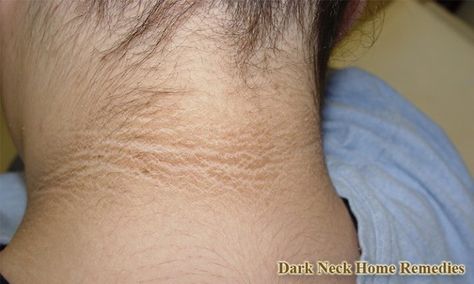
Acanthosis Nigricans is simply the name given to dark, dry patches of dry skin that typically appear in the groin, armpits or neck
They are most often found in the skin's uppermost layer. They can also appear anywhere on your body. However, the patches may appear slowly and with no other symptoms at all. In some cases, the skin may also be itching. It is important to understand these symptoms so that you can learn to control the condition.
Some common signs and symptoms of acanthosis are redness and inflammation of the affected area. In addition, the affected area may be warm or painful. Many people develop a rash of one type or another on their face and neck, usually described as “fishy”. This is called Tinea faciei, a term that is also used to describe the condition. The rash usually becomes less noticeable after the first appearance.
If your family has a history of the disease, it may be possible to trace the source of the problem by examining your skin. Your family may have a family history of psoriasis and this may lead to the conclusion that you may have the condition. If this is not the case, then the root cause may be somewhere else in the body.
There is no known cure for this condition. However, if you find that you have symptoms and signs, it is important to see your doctor so that you can properly diagnose the condition. Your doctor can provide you with information on a treatment plan for the specific type of skin affected.
While your doctor is evaluating your condition, there are a few simple steps you can take to help relieve your symptoms. These steps include avoiding sun exposure, using sunscreen, and wearing clothing that can protect you from the wind. It is also a good idea to wear gloves when playing sports and working in high humidity areas.
After your skin is assessed, you can use an acne lotion that contains sulfur. This ingredient can relieve symptoms and itching that occurs.
There are medications that may help the condition as well. You should talk with your doctor about taking a medication that contains Retin-A, salicylic acid, or hydrocortisone. It can help to treat the problem of skin discoloration and reduce inflammation.
Your doctor may recommend one of several procedures that can be done to help your skin
One of these procedures involves applying a solution that contains aluminum chloride and hydrogen peroxide to the affected area. This can cause dryness, redness and irritation. Another procedure involves using a laser that destroys the top layer of the skin.
If your condition does not respond to the treatments described above, your doctor may suggest surgery. The procedure may involve removing a small amount of skin, such as on the top and bottom of your foot.
There are some other options that your doctor may explore when looking for a treatment for your condition. You may also choose to try using a topical cream, which will help to improve your skin condition.
For more information on Acanthosis, contact your doctor today. You may be able to find out more about skin care for this condition.
Remember, it may take some time to see results from the treatments that you receive. This is natural and will improve your health.
However, there are prescription medications that you can try to help alleviate the symptoms. If you do not have any type of treatment for your condition, you may want to consider changing your diet to make sure that you are eating healthy.
Eating a diet that is high in fiber is good for your health, but it is also important to make sure that you are eating a diet that is high in vitamin C and other nutrients that can help to improve your skin condition. A diet that is high in fruits and vegetables is also important for you to avoid the symptoms of Acanthosis.
Your doctor may be able to provide more information on these steps. Your physician may even be able to prescribe a product that can help to stop the symptoms.
